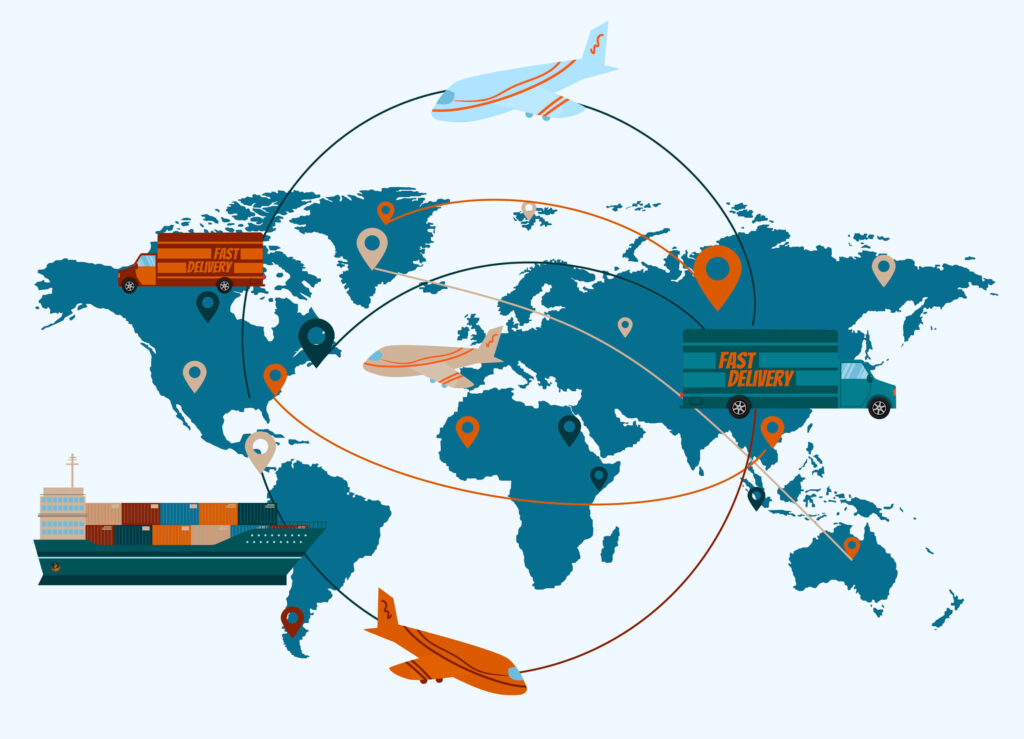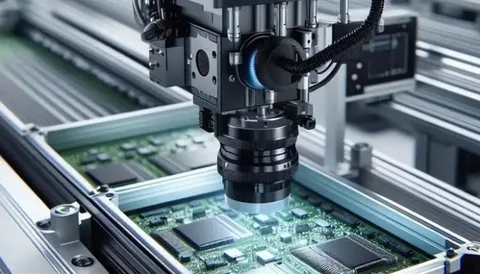The Logistics and Distribution industry is experiencing innovative growth, curved by technological innovations, customer requirements, and the global environment. When it comes to improving the supply chain, ideas that are defining the future of this important sector are advancing.
To what extent and how business will adapt in this very predisposed environment?
Why is technology integral for supply chain performance?
Technology is today at the centre stage in redesigning logistics and distribution. From demand forecasting to transparency, the use of technology extends every single aspect of supply chain management. Automated warehouses and smart delivery systems are not just future ideas but are the reality of organizational needs and aspirations. The organizations that adapt to these technologies manage to meet the needs of their clients in record time.
To what extent does sustainability in logistics define the future?
Business Sustainability is no longer a luxury or an ideal to achieve it has become a necessity to achieve. Businesses are applying sustainable ideas and solutions such as electric cars to deliver packages, recyclable containers, and efficient logistics courses. Not only do these initiatives create value for the environment but also resonate with the target consumers who are pro-environment customers that would develop a loyalty for the brand.
The Presence of Renewable Energy in the Field of Logistics
Due to the rising consciousness of the impact of their operations on the environment and the desire for cost efficiency, logistics providers are beginning to embrace renewable energy, including solar energy in the lights and in powering warehouses.
The Innovations Constituting Green Packaging
Currently, novel materials such as biodegradable plastics and recycled content are setting the tone for packaging wastes while seeking to meet customers’ demands.
What is the Effect of AI and Machine Learning on the Logistics Domain?
AI and ML transform logistics by providing chances for predictive analysis and immediate decision making. With AI, stock requirements can be predicted, and so can the increases in customers’ demand at a particular time, or even disruptions. M machine learning algorithms improve the routes used to deliver products, allowing faster and cheaper solutions.
Can Omnichannel Fulfillment Make Customers Happy?
With the customer being able to experience a one stop shopping world, omnichannel fulfilment connects the online and offline shopping. Retailers are using processes where customers can purchase products online, and then have options to pick them up inside the stores or return them. This flexibility increases the business prospects and increases brand image to customers.
How Does Data Driven Decision Making Improve Efficiency?
Data analytics is widely used in today’s supply chain to effectively support the functioning of supply chains. Such companies get insight on consumer habits, demands, and any drawbacks on operations resulting from analysis of data. These ideas lead to better management decisions – resources are used optimally, and supply chains remain unhampered.
Why Is Automation the Backbone of Modern Logistics?
Logistics operations benefit from automation through the reduction of manual mistakes and the fastening of operation processes. From robot pick and pack systems to independently flying delivery vehicles, automation is changing the efficient approach. Automation of business processes enables organizations to expand and increase production without compromising on quality.
What Holds the Last-Mile Innovations to Par for Consumer Expectations?
The last mile is referred to as the final mile of delivery, and this is normally cumbersome and costly. These problems are being solved by such solutions as self-driving cars, UAVs, and automated storage and retrieval systems. These technologies pave the way to shorter delivery times, decreased costs and high customer satisfaction through guaranteed right delivery of consignments.
How does blockchain help promote transparency in the supply chain?

What remains unclear was quickly cleared up and I learned that blockchain technology is currently transforming transparency in the supply chain. Especially, it offers transparency of the record for the entire process and traceability to guarantee that every transaction is secure. In the case of foods and drugs, it is used to provide details and guarantee the stock’s credibility in terms of the source and safety.
In what manner does Globalization influence Logistics and Distribution?
While globalization has taken efforts to businesses across the globe, it comes with the strings of logistics. Measuring up international shipping, tariffs, and customs regulations requires reliable systems and kind partnerships. The work involved in such activities can be equally well handled by technology and expertise to open up global markets for such companies.
What are the prospects of smart warehousing?
Automated or smart warehouses are the future of warehouse management. They are connected and have IoT devices for automatic tracking of the stock and the settings in the storeroom. These warehouses optimise procedural performance, eliminate unnecessary use of resources and guarantee that products are stored and distributed under the most suitable conditions.
Moving Towards that Promised Future of Logistics
While the field of supply chain logistics and their distribution processes keep on changing dynamically the need for the incorporation of better technologically innovative and sustainable methods cannot be undermined, but at the same time, the processes have to be made efficient. The era of the future is for companies that have learned how valuable it is to innovate and to have lean supply chains. Therefore, it’s concerning to see that customer demand is rising for now being met and that businesses struggle to remain competitive.






